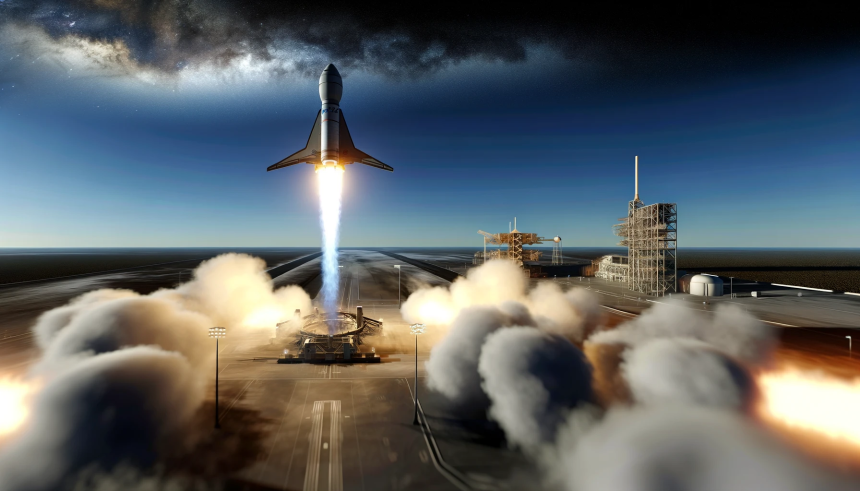An extraordinary image showcasing the constant movement of dust devils on Mars has been unveiled. These swirling vortices, visible across the planet’s surface, highlight the ongoing atmospheric activity on the Red Planet. The photograph, captured by NASA’s HiRISE camera aboard the Mars Reconnaissance Orbiter in September 2022, offers a detailed view of the Haldane Crater. This glimpse into Martian weather phenomena provides valuable data for scientists studying the planet’s climatic and geological processes.
Mars, often known as the “Red Planet,” owes its distinctive color to iron oxide present in its soil. The planet’s thin atmosphere, composed primarily of carbon dioxide, results in cold temperatures averaging around -60°C. Mars boasts diverse geological features, including expansive plains, massive volcanoes like Olympus Mons, and the extensive canyon system Valles Marineris. Evidence suggests that Mars once had liquid water and a thicker atmosphere, raising questions about its capacity to support life in the past.
How Do Martian Dust Devils Form?
Dust devils on Mars originate when the planet’s surface heats up, causing warm air to rise swiftly. This rising air draws in surrounding dust particles, forming a rotating column. These vortices vary in size, from small, short-lived whirlwinds to large, kilometer-wide spirals that persist for hours. Understanding the formation of these dust devils is crucial for deciphering Martian weather patterns and atmospheric dynamics.
What Impact Do Dust Devils Have on Mars Exploration?
Dust devils play a dual role in Mars exploration. On one hand, they can deposit layers of dust on solar panels and scientific instruments, potentially reducing their efficiency and operational lifespan. On the other hand, the strong winds generated by dust devils can also act as natural cleaners, removing accumulated dust from surfaces. Balancing these effects is essential for maintaining the functionality of equipment used in long-term missions on the Martian surface.
How Are Scientists Utilizing Dust Devil Data?
The recent image released by NASA’s Jet Propulsion Laboratory (JPL) has sparked extensive study among astronomers. By analyzing the fading trails of dust devils, scientists can determine the rate at which dust settles on Mars. This information is vital for developing strategies to protect future missions and ensuring the reliability of spacecraft and rovers operating in the Martian environment. “
Understanding dust devil activity is key to safeguarding our equipment and advancing our exploration efforts,”
a NASA spokesperson emphasized.
Previous research has indicated that dust devils are a common occurrence on Mars, but the high-resolution images from HiRISE provide unprecedented detail. This allows for more accurate modeling of dust distribution and its effects on the planet’s climate. Enhanced knowledge of these atmospheric phenomena not only aids in mission planning but also contributes to our broader understanding of Martian meteorology and geology.
Effective management of dust accumulation is imperative for the success of future Mars missions. Strategies may include developing dust-resistant materials and implementing regular cleaning mechanisms for solar panels and instruments. Additionally, ongoing observation and analysis of dust devil activity will continue to inform engineering designs and operational protocols, ensuring that robotic explorers remain functional in the challenging Martian environment.










